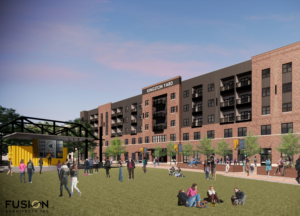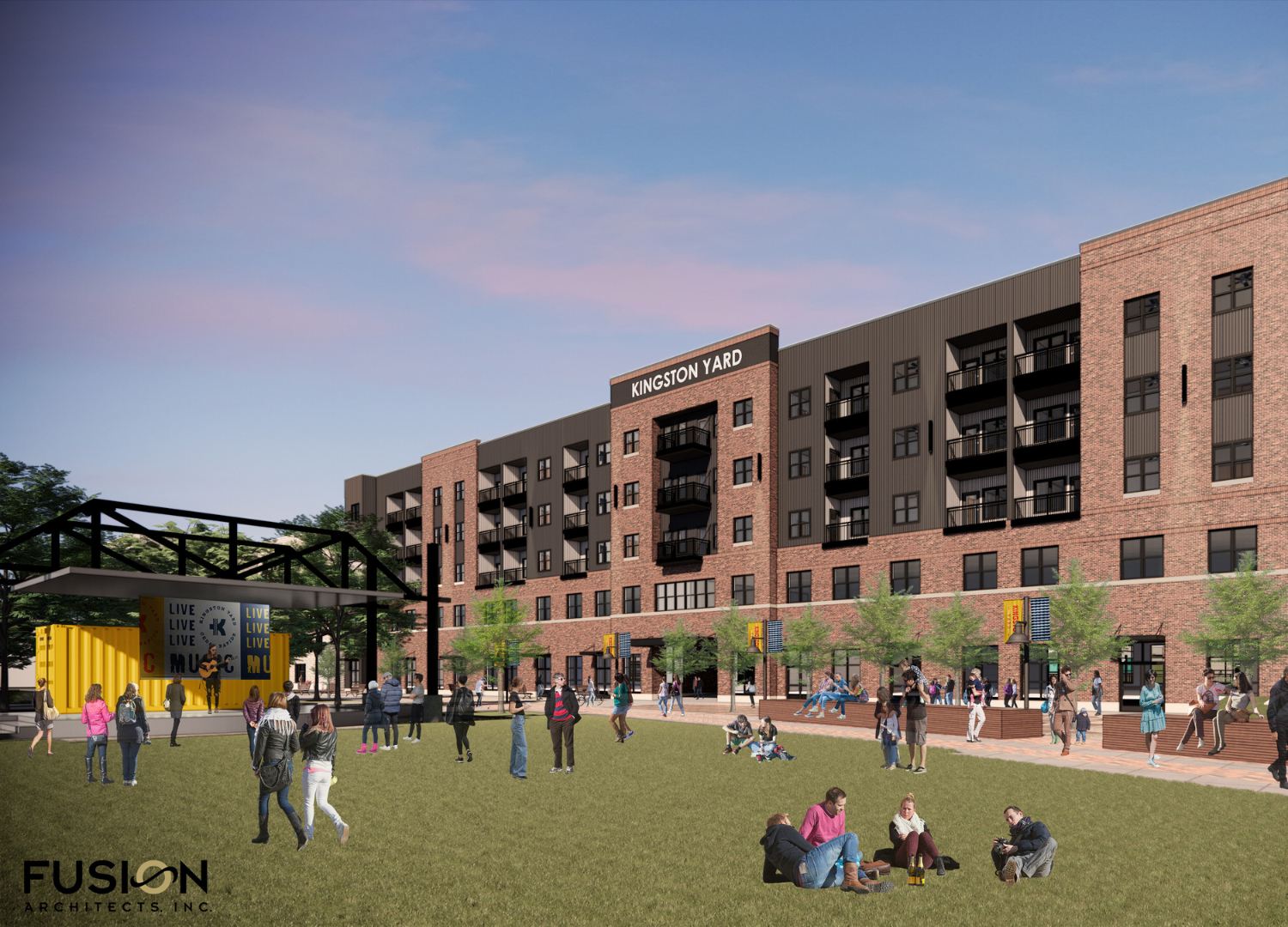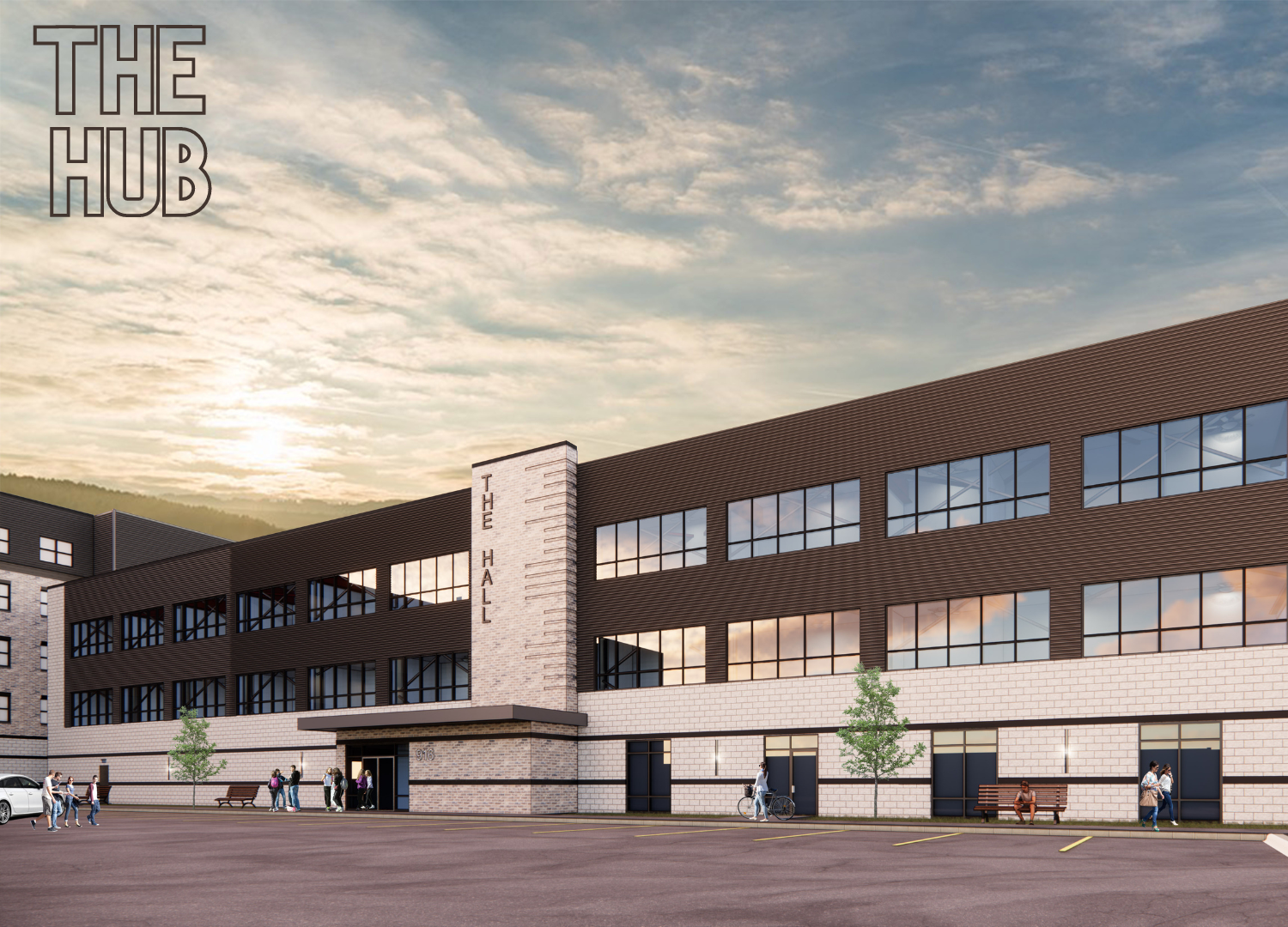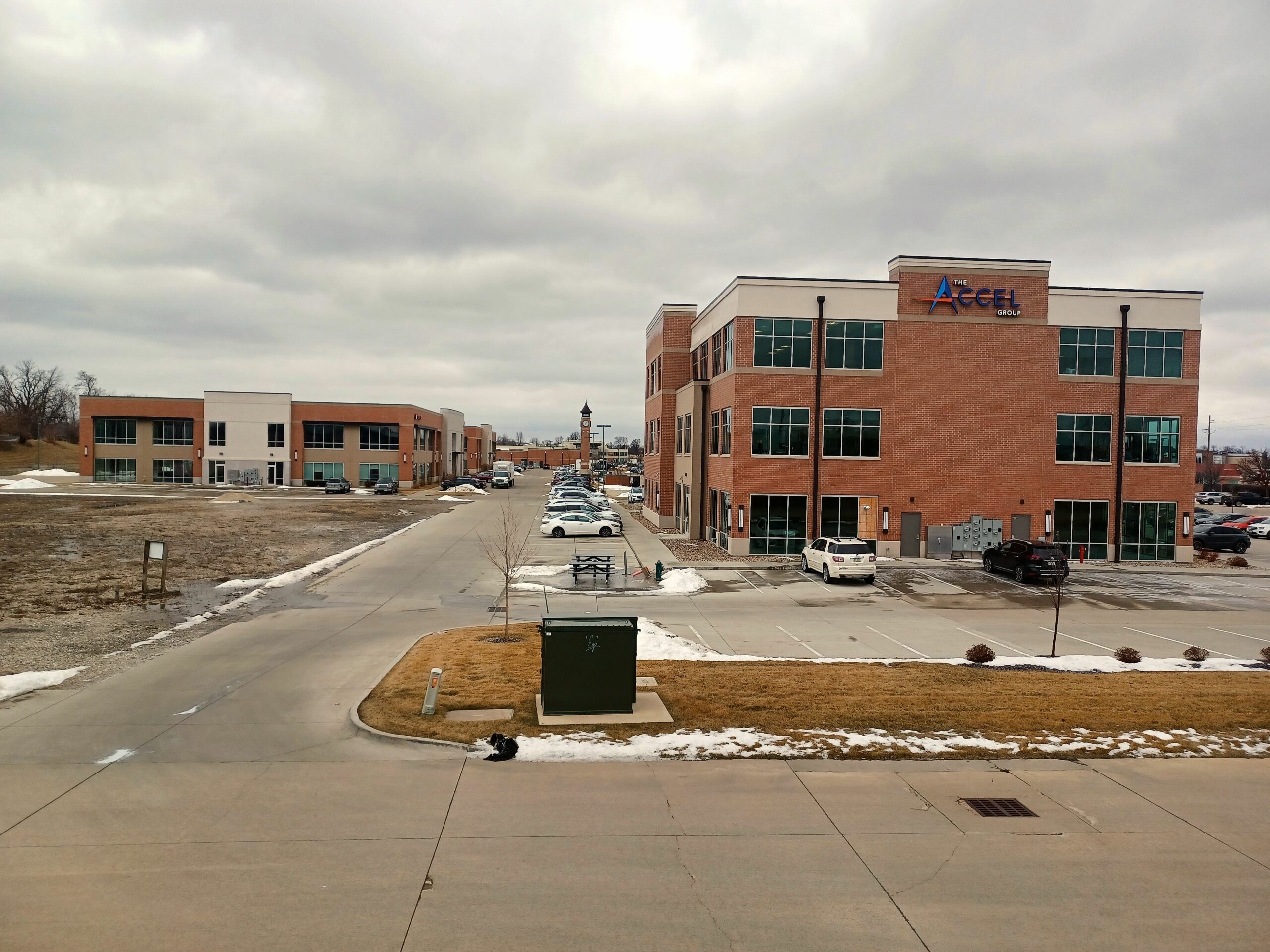Must-Watch Commercial Real Estate Trends for 2018
The commercial real estate market is ever evolving, with the growth of the last few years followed in many areas by increasing rents in cities.This growth is poised to continue, but other aspects of the market will change much more rapidly. Look for these trends to make headway in commercial real estate this year.
Workspace amenities: Millennials, who make up an increasingly large segment of the workforce as Baby Boomers retire, expect a livable, people-centered workspace that supports health and collaboration. In response, employers are looking for workplaces with open floor plans that can support recreational amenities and laid-back collaborative spaces. The human dimension of real estate will gain attention in 2018 because “both employers and employees see the human experience as the main factor in determining the shape of their work environment for the foreseeable future,” according to research by real estate firm JLL.
Right-sizing offices: Office footprints are likely to continue shrinking this year as companies seek to get costs under control. Co-working spaces and telecommuting allow employers to downsize physical office space somewhat, though most workers still prefer to have some measure of personal contact, so it’s unlikely that office preferences will shift significantly toward remote working. Combining flexible office space that can accommodate a shifting number of workers with the productivity-boosting amenities workers want is a recipe for success with office buildings.
Retail rebound: Though high-profile closures like Toys R Us may give retailers pause, the numbers indicate that retail is making a comeback. More stores opened than closed last year. New building in retail has slowed as a response to a period in which building outstripped demand, but with more than 4,000 stores opening up nationwide and rents rising, there is much to be optimistic about.
Like offices, retailers are also playing up the human experience element of their brick-and-mortar locations. Baby boomers are increasingly gravitating toward experience-based options in food and entertainment, a trait that has long been associated with millennials, and the retail industry is responding in kind by acknowledging both generations’ needs and embracing their different shopping patterns. This effort is aided by technology that helps forward-thinking retailers customize the shopping experience for individual customers, such as augmented reality systems that let shoppers explore how a piece of furniture would look in their house and smart mirrors in fitting rooms that let customers swap out sizes and colors of products without having to make several trips back to the rack.
Resilience, not sustainability: Buildings are moving away from marketing themselves from sustainable in favor of emphasizing resilience, a more all-encompassing concept that conveys not only environmental friendliness, but the ability to resist climate damage, storms, and other stresses. Building certification programs are following suit and recognizing resilience factors among more traditional green credits, such as the resilience pilot credits LEED introduced in 2015. Obtaining a certification that rewards resilient design or simply including the building’s resistance to damage in marketing materials is a testament to the owner’s commitment to their tenants.










